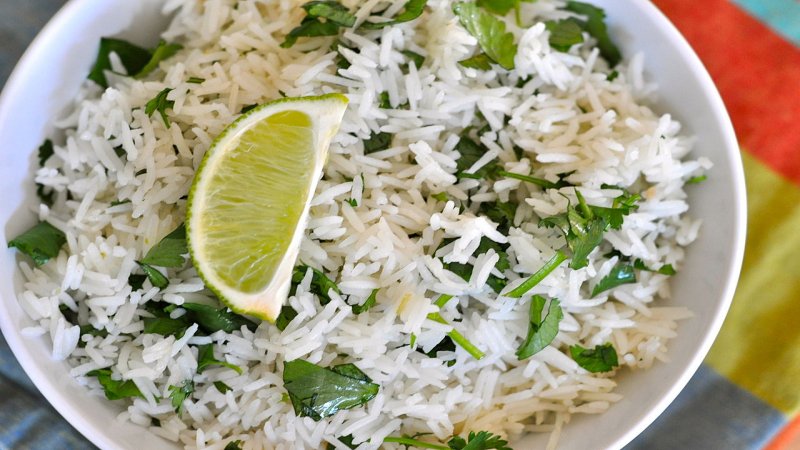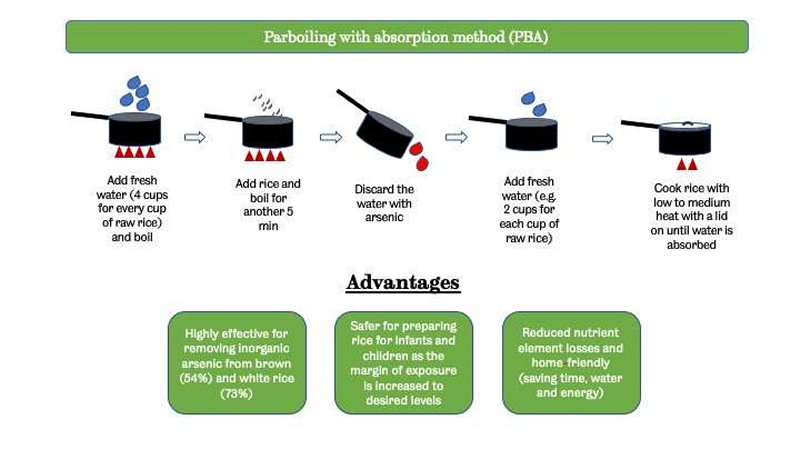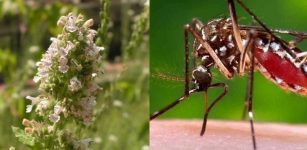Arsenic In Rice Can Be Removed With This New Cooking Method
Eddie Gonzales Jr. – MessageToEagle.com – Rice is the world’s most important staple food now and in the coming decades. Rice is a basic food for some 4 billion people worldwide.
It is important that it does not contain any poisonous components. One such component is naturally occurring arsenic that should be removed.
Cooking rice in a certain way removes over 50 percent of the naturally occurring arsenic in brown rice, and 74 percent in white rice, according to new research.
The study shows that cooking rice in a certain way removes over 50 percent of the naturally occurring arsenic in brown rice, and 74 percent in white rice. Importantly, this new method does not reduce micronutrients in rice.
Following previous research from the University of Sheffield that found half of the rice consumed in the UK exceeded European Commission regulations for levels of arsenic in rice meant for the consumption for infants or young children.
Researchers tested different ways to cook rice to try and reduce the arsenic content.
The team from the Institute for Sustainable Food found that by using a home-friendly way of cooking rice, the “parboiling with absorption method” (PBA), most of the arsenic was removed while keeping most nutrients in the cooked rice.
The PBA method involves parboiling the rice in pre-boiled water for five minutes before draining and refreshing the water, then cooking it on a lower heat to absorb all the water.
Credit: University of Sheffield
Arsenic, which is classified as a Group 1 carcinogen by the International Agency for Research on Cancer, is water-soluble—so it accumulates in rice, which is grown in flooded fields more than other cereals. Arsenic exposure affects almost every organ in the body and can cause skin lesions, cancer, diabetes, and lung diseases.
Rice is known to accumulate around ten times as much arsenic as other cereals. In rice grains, arsenic is concentrated in the outer bran layer surrounding the endosperm. This means that brown rice, (unmilled or unpolished rice that retains its bran) contains more arsenic than white rice. This milling process removes arsenic from white rice but also removes 75-90% of its nutrients.
“For rice consumers, this is excellent news. There are genuine concerns amongst the population about eating rice due to arsenic,” Dr. Manoj Menon says.
“Previous studies have shown that cooking rice in excess water could remove arsenic but the problem is it also removes nutrients. Our aim was to optimize the method to remove arsenic while keeping maximum nutrients in the cooked rice. Our newly developed method, PBA, is easy and home-friendly so that everyone can use it.
“We don’t know the amount of arsenic in each packet rice we buy; even though brown rice is nutritionally superior to white rice as our data shows, it contains more arsenic than white rice. With our new method, we are able to significantly reduce arsenic exposure while reducing the loss of key nutrients. We highly recommend this method while preparing rice for infants and children as they are highly vulnerable to arsenic exposure risks.”
Written by Eddie Gonzales Jr. – MessageToEagle.com Staff












